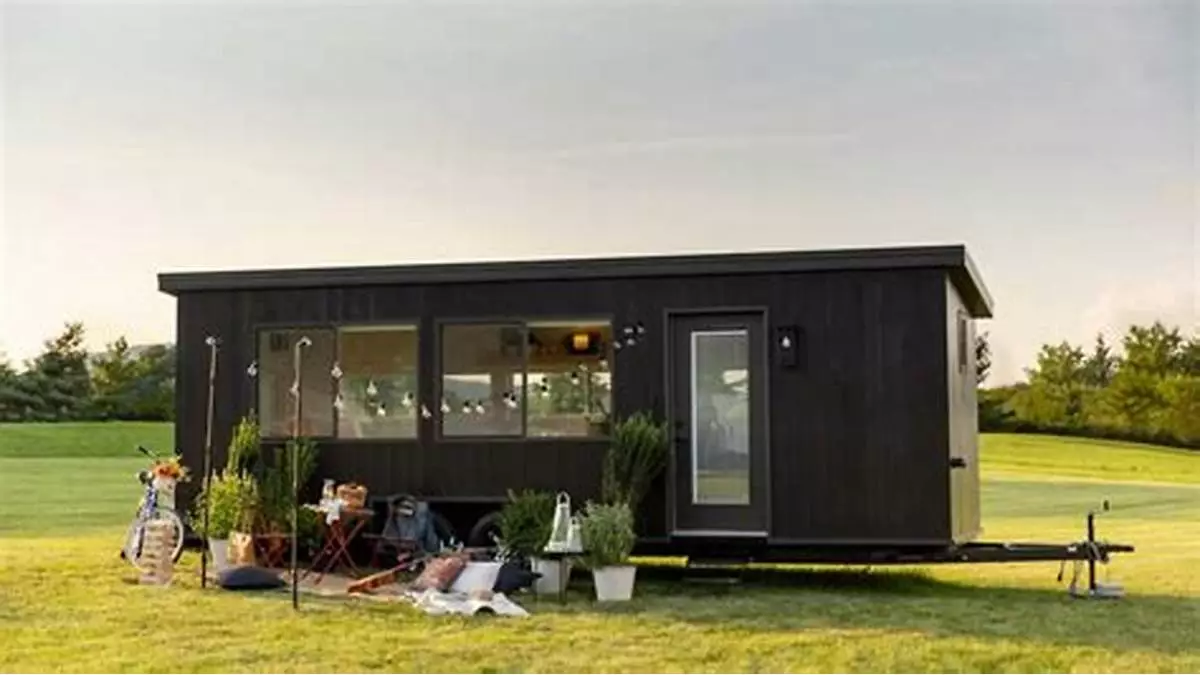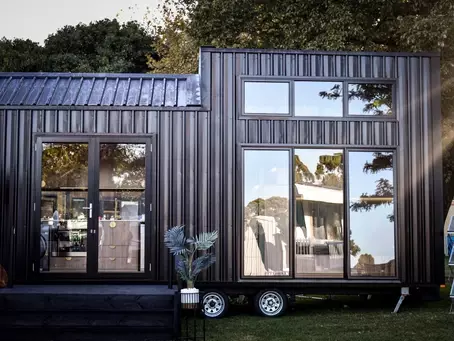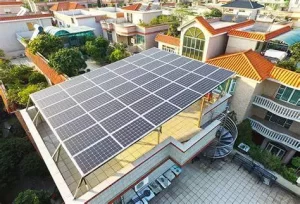Container Base Station Energy Room: Dual Play of Thermal Management and Efficiency
In today’s rapidly evolving world of energy storage, container-based energy storage solutions have become the backbone of modern power supply infrastructure. These systems are commonly used for communication base stations, smart cities, and power distribution networks, ensuring a stable power supply in edge locations. However, one of the most critical aspects of these energy storage containers is their thermal management—something that’s often overlooked until it leads to operational failures. But with the right thermal control strategies, these systems can perform optimally and safely, boosting both efficiency and reliability. Let’s dive into how thermal management technology is applied in the energy rooms of container base stations and why it’s crucial for system performance and safety.
The Role of Thermal Management in Energy Storage Systems
When we think about container energy storage, the first thing that likely comes to mind is how these systems store and supply power. But in reality, their thermal management plays an equally important role. Why? Because temperature fluctuations can drastically affect the performance and lifespan of lithium-ion batteries, the heart of most energy storage containers.
A well-designed thermal control system ensures that these batteries stay within an optimal temperature range, preventing overheating, reducing wear and tear, and enhancing overall system longevity. When the temperature is too high, chemical reactions within the battery cells accelerate, causing internal degradation, reduced capacity, and, in worst-case scenarios, catastrophic failures like thermal runaway. On the flip side, extremely low temperatures can cause lithium plating and reduce the overall efficiency of the battery.

Temperature and Humidity: The Double Threat
Understanding the interaction between temperature and humidity is essential when discussing thermal management in container energy storage systems. Research has shown that for every 1°C increase in temperature, the lifespan of a lithium-ion battery can decrease by approximately 60 days. Moreover, the electrolyte decomposition caused by high temperatures can lead to the creation of gas, which raises the internal pressure of the battery, ultimately leading to potential failure.
But it’s not just about high temperatures. Extreme cold can be equally damaging. For example, lithium iron phosphate batteries lose about 60% of their capacity at temperatures as low as -20°C. This drastic drop in capacity is mainly due to poor electrolyte conductivity in low temperatures, which severely affects the battery’s ability to charge and discharge efficiently.
Effective Thermal Control Strategies for Energy Storage Containers
Active Cooling Systems
One of the most common solutions for maintaining temperature stability is the use of active cooling systems. These systems utilize fans, heat exchangers, or liquid cooling to lower the temperature of the batteries. By circulating air or liquid around the energy storage containers, active cooling systems ensure that the temperature remains within the safe operating range.
Insulation and Passive Cooling
While active cooling is effective, it’s also energy-intensive. To combat this, many container base stations incorporate insulation materials in the walls and ceilings. This helps reduce heat loss or gain, ensuring that the internal environment remains stable. Additionally, passive cooling methods, such as ventilation and air circulation, are often used in conjunction with insulation to further optimize temperature control.
Battery Management System (BMS) Integration
A Battery Management System (BMS) plays a key role in monitoring and controlling the temperature of the batteries. Integrated sensors measure the internal temperature and humidity, while the BMS adjusts the cooling or heating systems accordingly. This real-time monitoring ensures that any temperature deviations are quickly corrected, preventing thermal stress on the batteries.

The Importance of Personalized Heat Treatment in Energy Storage Containers
As container energy storage systems become larger and more complex, the challenge of managing heat flux density increases. This means that a one-size-fits-all approach to thermal management is no longer sufficient. Personalized heat treatment technologies are emerging as a solution to address the unique thermal requirements of each battery within a module. By tailoring the cooling and heating strategies to each module’s specific needs, operators can ensure more efficient heat dissipation and better overall system performance.
Conclusion: Ensuring Efficiency and Safety Through Smart Thermal Management
In summary, the thermal management technology in container energy storage rooms is not just a safety feature; it’s an essential part of ensuring the efficiency and longevity of the entire system. By carefully controlling temperature fluctuations, employing both active and passive cooling strategies, and integrating advanced Battery Management Systems, operators can maximize the performance of energy storage containers.
As the capacity of these systems continues to grow, thermal management will become even more critical. Container base stations that can efficiently manage heat while ensuring the safety and performance of the batteries will be the ones leading the charge in the energy storage revolution.
Contact us
- Email:[email protected]
- Tel: +86 13651638099
- Address: 333 Fengcun Road, Fengxian District, Shanghai
Get A Quote Now!
Related product links are available directly
Site storage products:Site storage products 归档 – (energystoragecontainer.com)
Lithium Battery:Lithium Battery 归档 – (energystoragecontainer.com)
Read more

Unveiling Photovoltaic+Energy Storage: Four Major Application Scenarios Leading the Future of Energy
In this way, the energy landscape is evolving, and one of the most thrilling developments in renewables is the integration of photovoltaics energy storage.

From Theory to Practice: Four Methods for Estimating Photovoltaic Power Generation
Photovoltaic power generation has become an essential part of modern energy solutions, particularly in home solar systems and distributed power applications

Rack-Mounted Lithium Iron Batteries: Creating Efficient and Reliable Energy Storage Solutions
When it comes to modern energy solutions, rack-mounted lithium iron batteries are taking center stage in a variety of industries. Whether you’re powering data centers, stabilizing energy for households, or keeping critical systems online at 5G base stations, these batteries have become the unsung heroes of our electrified world.

Late Night Energy Saving Tips: How to Maximize Electricity Savings During Off-Peak Hours
With rising energy costs, homeowners are increasingly exploring innovative ways to save on their electricity bills. One effective approach is utilizing off-peak hours—times when electricity rates are significantly lower due to reduced demand.
